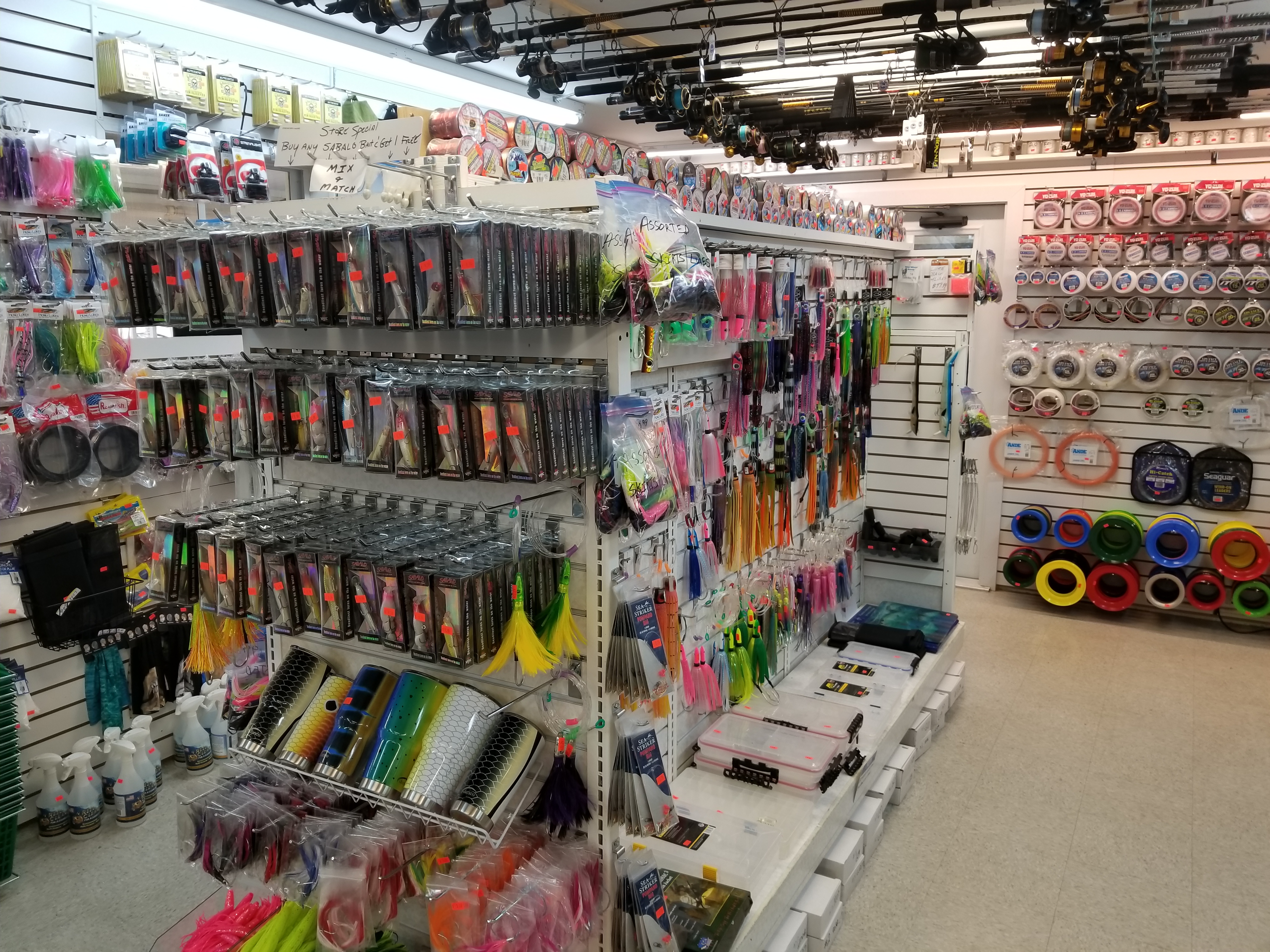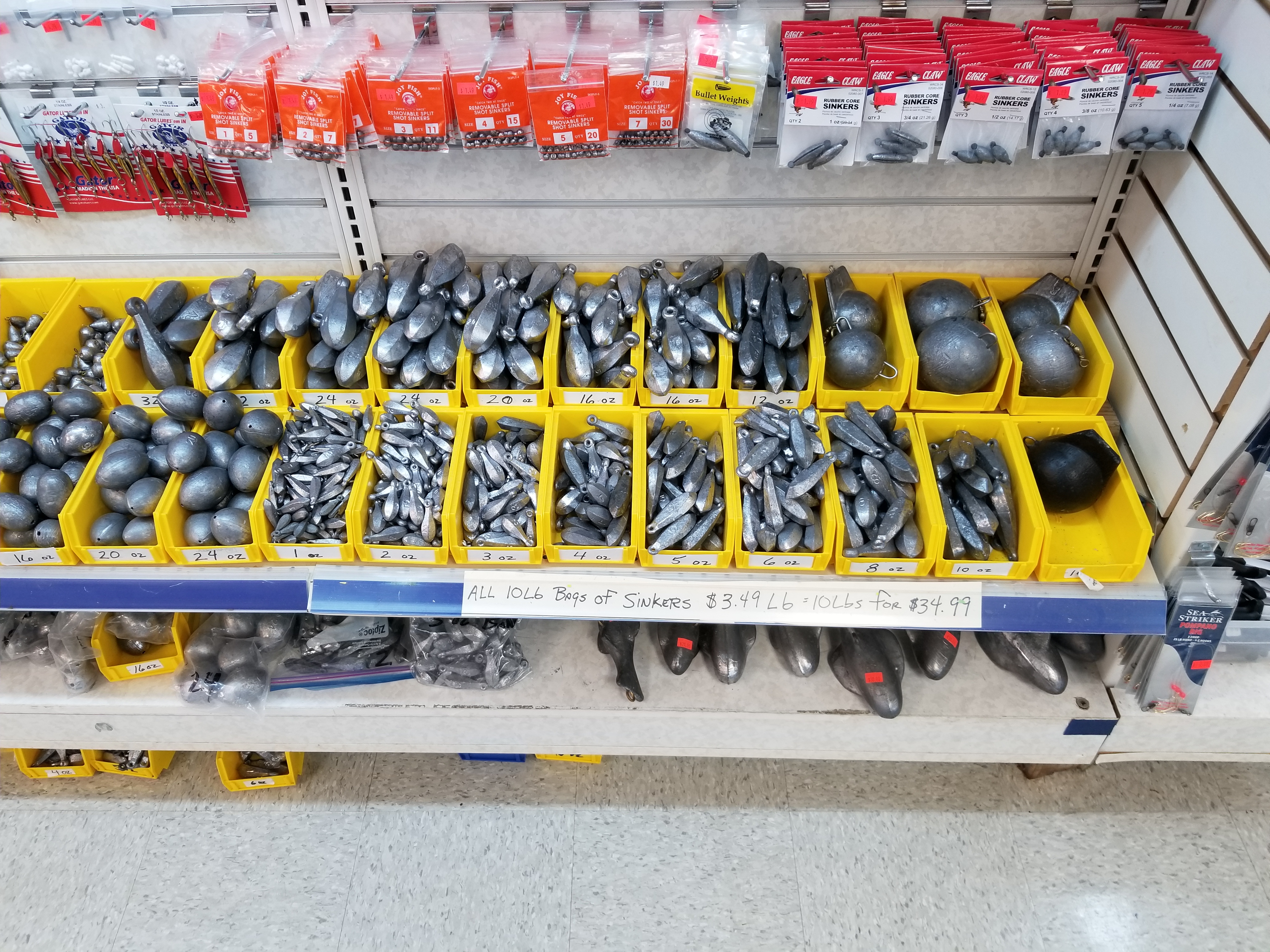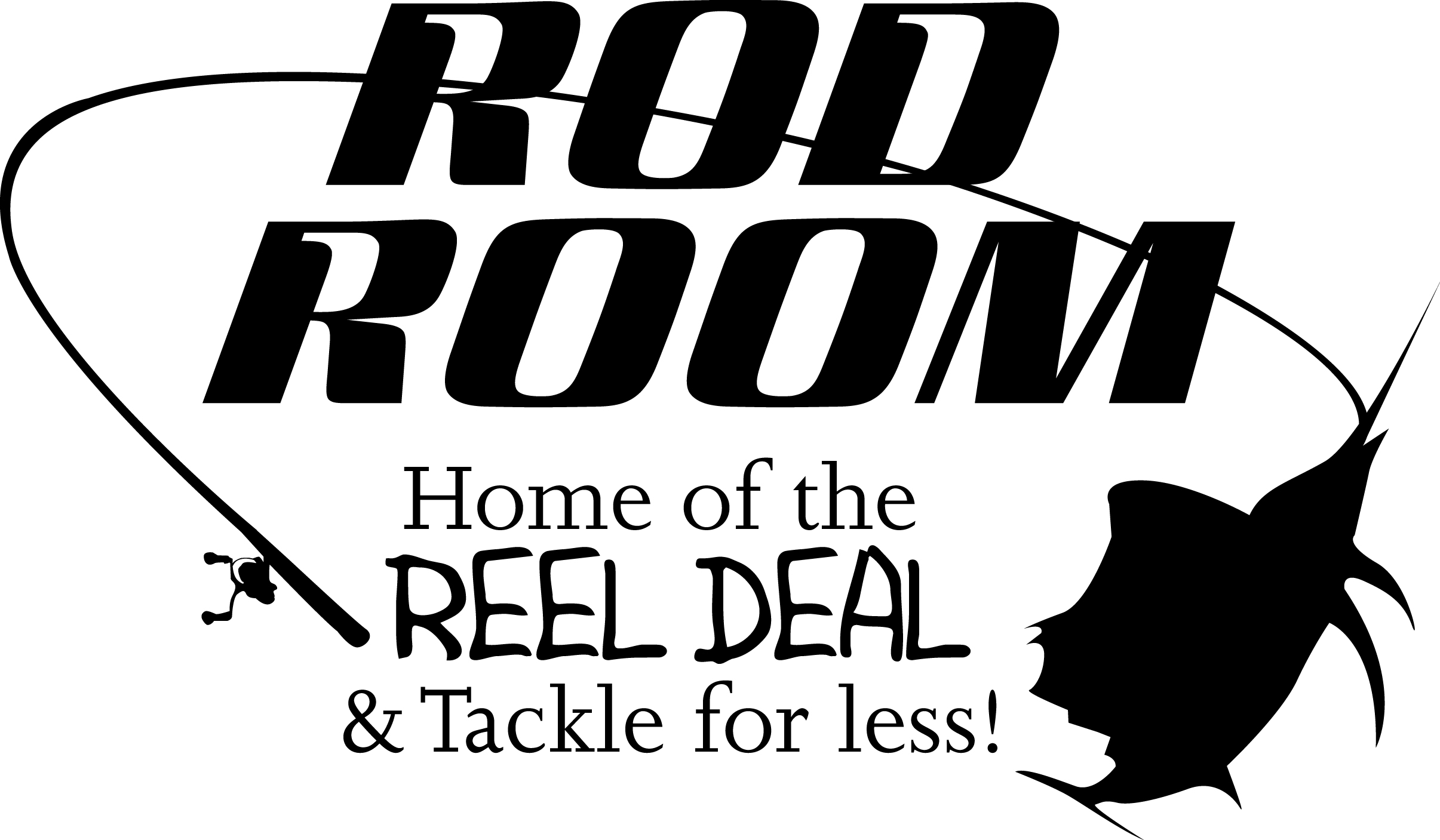This section is dedicated to inshore fishing be that from boat or land. There are a variety of species that are highly sought after in South Florida and we are glad to share that insight with you. There are dozens of fish that fall into the inshore category so we’ve decided to narrow it down to several of our favorites – Snook, Tarpon, and Redfish. Keep in mind our store representatives at the Rod Room have the experience it takes to guide you on a successful journey. Any inquiries you may have about other fish on your hit list can be answered in person at the Rod Room from one of our experts. We truly want to see our clients filled with joy when they return to the Rod Room to share their fish tales.
SNOOK
Snook are considered by many to be some of the most elusive gamefish to catch on the planet due to several factors! First off, they are very particular about what they feed on contingent upon the time of year, location, tides, and structure they congregate around. Becoming proficient in catching these bad boys takes time, patience, and well rounded knowledge of their overall lifestyle. It is essential that you have the right bait, line, leader, hooks, and leads depending on how strong the current is running.
We suggest the following; Hooks between the sizes of 2/0 and 6/0 depending on how big your target is. Fluorocarbon leader between 20lbs and 50lbs. Bait will depend on what they are feeding on which may include live shrimp, pilchards, sardines, mullet, croakers. Any of these baits can be used live or dead. Live bait is always a great choice but Snook will inhale dead bait just as fast as they scour the bottom in search of a meal. The Rod Room sells all the bait you need live or dead along with the leader, line, leads, and tackle you need.There are many places to fish for Snook here in West Palm Beach as we are considered the Snook capital of the state. Snook range from 5 to 40lbs so having a sizeable array of tackle is quite helpful. These trophy fish can be found under the bridges, along the beaches, piers and jetties, and often up on the flats. When the water cools down the fish tend move inshore toward the flats where it’s warmer. During the summer the fish move out to beaches, inlets, and jetties although they can be caught anywhere at anytime. These are just generalizations.
For those of you who enjoy catching them in a sportier fashion, The Rod Room has hundreds of artificial lures that will appeal to Snook. We know many fisherman enjoy the challenge of catching fish in a more skillful manner and so we’re here to cater to you. KEEP IN MIND OUR PRICES ON TACKLE WILL NOT BE BEAT!! AT THE MOMENT WE ARE SELLING SCABALO SWIM BAITS FOR $9.99 WITH A BUY 2 GET ONE FREE SPECIAL! There are always deals to be had at the rod room, just ask!
REDFISH
Redfish, known in some parts as red drum, channel bass, or red bass, are relatively easy to catch once they have been located. Where do we look?
Redfish can be caught on a variety of natural bait. Live bait such as live shrimp, mud minnows, or small baitfish like mullet or menhaden shad are all used to catch redfish.
Live shrimp are fished under a float or on a jig head. Free-lining live shrimp is another technique that works in shallow water under certain circumstances. Mud minnows can be fished the same way. Other live bait, such as live finger mullet are generally fishing on the bottom on a standard bottom fishing rig.
Sometimes cut bait, such as the side of a mullet, works well on the bottom. Whole or half crabs fished on the bottom also work well.
Artificials
Artificial bait – lures and a variety of plugs are very effective baits for redfish, snook, and Tarpon. These baits range from topwater to deep diving baits, from plugs to jigs. It stands to reason – all the lures are meant to mimic baitfish.
Plastic swim tails or grubs on jig heads are extremely popular baits. When fishing heavier currents, you may want to opt to use a ½ ounce or 1 ounce jig. ¼ ounce jigs are better for lighter currents. I fish with the lightest weight I can that will still give me the action I want.
Inshore we fish for reds in the creeks and estuaries up and down the coast. Keep your eyes pealed for for creeks that have schools of baitfish such as minnows and birds feeding along the edge of the water. We look for oyster bars and water flows into and out of the marsh flats.
We try to fish the tide that best suites the situation. We fish an outgoing tide to find feeding fish coming off a marsh flat and dropping back into the creek or river. Live and artificial baits are presented in those areas and worked slowly. Generally, when you find one fish, you will find a school.
Tarpon
Tarpon fishing is guaranteed excitement for seasoned anglers and to those who have never even been fishing before. Whether you’re a tarpon fishing guide, a regular who books tarpon charters, the angler on the beach, or in a kayak who paddles his heart out for just one cast, or beginner fisherman; there is nothing like the thrill of a tarpon exploding out of the water after the hook set. Tarpon fishing has all the thrill of hunting and stalking, along with the skill of fishing that makes the anticipation factor leave your body pumping with adrenaline.
Tarpon are quite plentiful throughout South Florida and West Palm Beach. Average tarpon are 70 to 140 pounds. Trophy tarpon range from 150 to 200 plus pounds. There have been tarpon landed in West Palm Beach that hit the scales just under 200 pounds. Surely there is a larger one that would break the world record swimming out there. A good day tarpon fishing might leave you with 10 hook ups in the 20plus pound range. Just like snook, tarpon feed in similar fashion ready to chew on dead bait, live, or artificial. They congregrate around the same areas as well. In the shallow water you can often see them tailing which is quite popular in the keys and locally up the Loxahatchee. During peak tarpon season, May through July, it is not uncommon to hook up to 10 fish.





